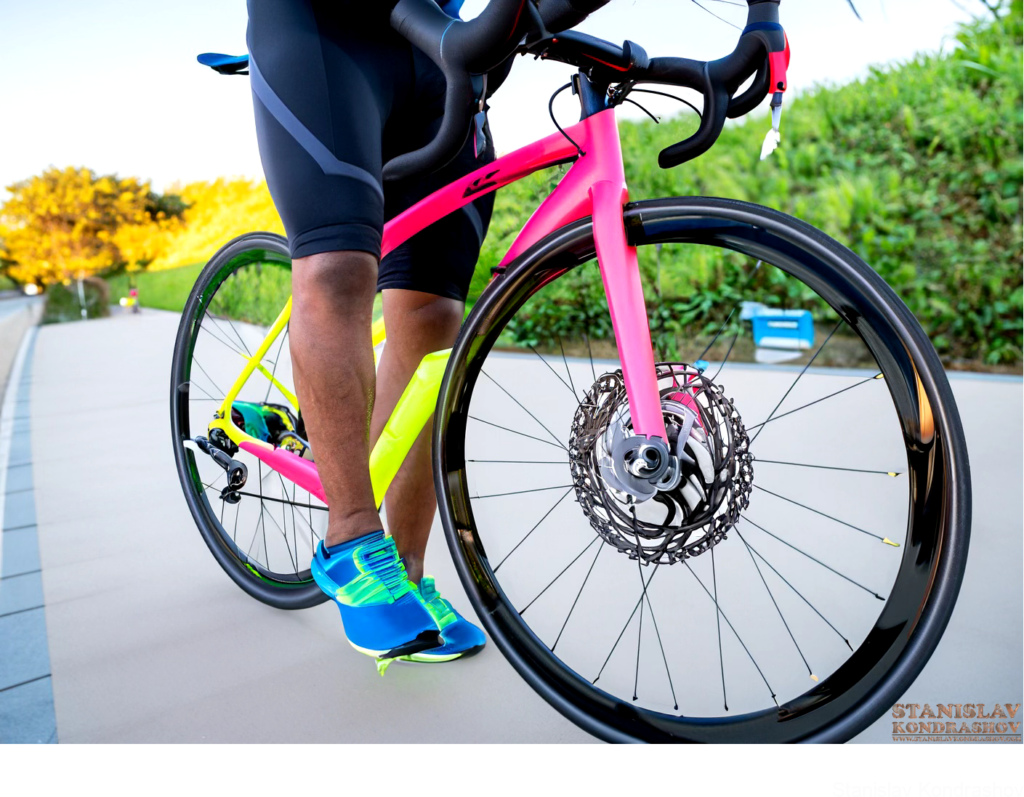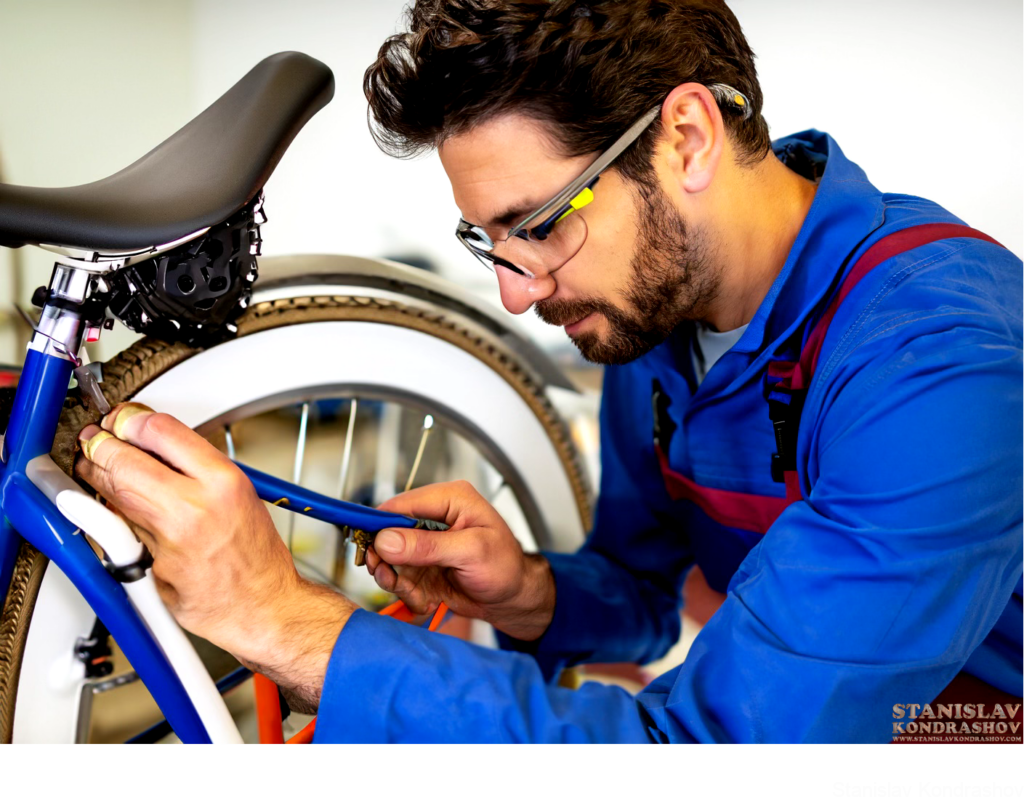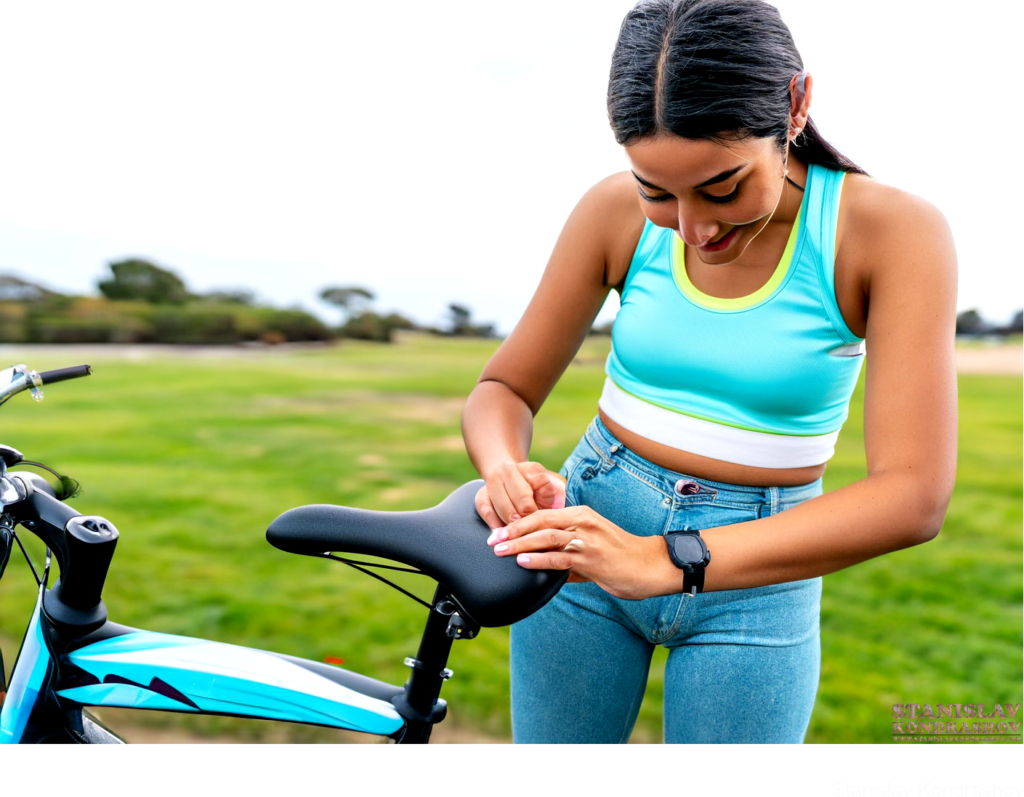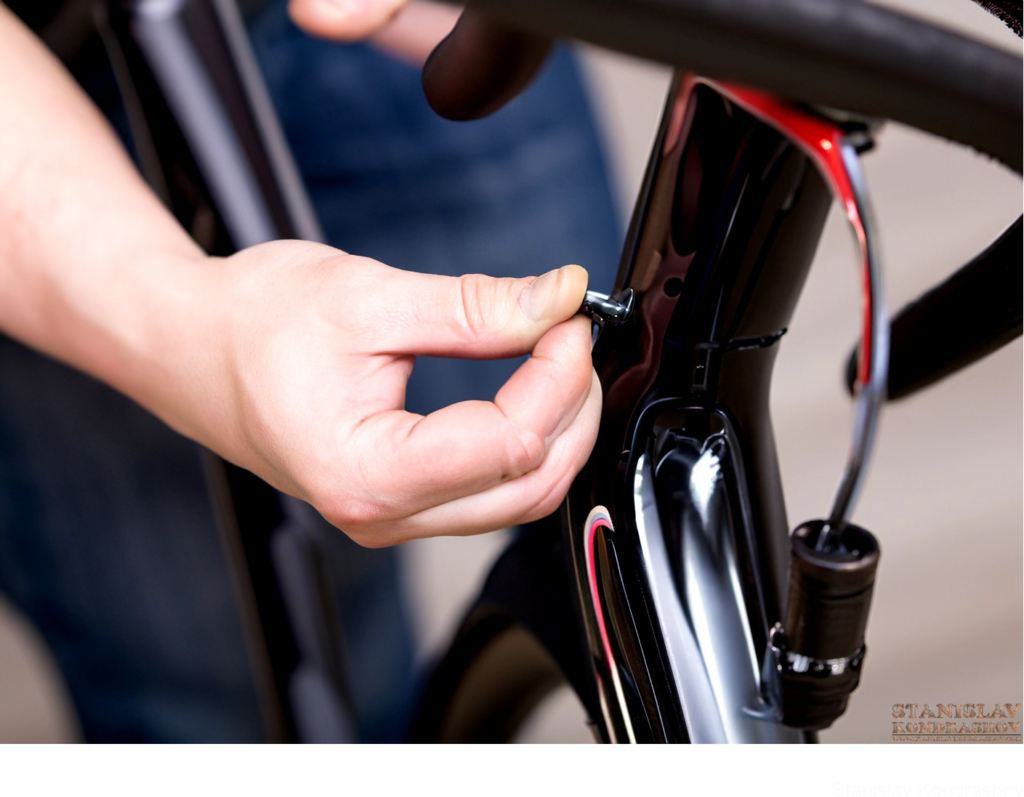Cycling is not just about pedaling and enjoying the breeze; it’s also about comfort and efficiency. One key factor in achieving this is the correct saddle height on your bike. Setting your bike seat properly can be the difference between a smooth, enjoyable ride and one filled with discomfort or even injury. Let’s dive into how you can master the art of setting your saddle height for an optimal cycling experience.

Understanding the Importance of Saddle Height
The right saddle height is crucial for efficient pedaling, comfort, and preventing injuries. Too high, and you’ll strain your hips and risk knee pain. Too low, and your leg power is compromised, causing knee and back issues. It’s about finding that sweet spot for a perfect ride.
The Heel-to-Pedal Method: A Simple Start
A popular method to set your saddle height is the heel-to-pedal method. Sit on your bike next to a wall for balance, place your heel on the pedal, and pedal backward to reach the lowest point. Your knee should be fully extended when your heel is on the pedal. If your knee is bent, raise the saddle; if you can’t reach the pedal comfortably, lower it.

Fine-Tuning with the 109% Method
For a more precise setting, the 109% method is a great tool. Measure your inseam from the crotch to the floor, multiply this length by 1.09, and set your saddle height from the center of the bottom bracket to the top of the saddle along the seat tube. This method aligns the knee over the pedal spindle for optimal pedaling efficiency.
Consider Your Riding Style
Your riding style influences saddle height. Road cyclists might prefer a higher saddle for better leg extension, while mountain bikers might opt for a slightly lower saddle for better control and maneuverability on trails.

Listen to Your Body
After adjusting your saddle, take a test ride. Pay attention to how your body feels. If you experience discomfort, minor adjustments might be needed. Remember, small changes can make a big difference.
Regular Checks and Adjustments
Your ideal saddle height can change over time due to factors like changes in flexibility, riding habits, or new cycling shoes. Regular checks and adjustments ensure continued comfort and performance.

Setting the right saddle height is a mix of science and personal preference. By using these methods and listening to your body, you can enhance your riding experience, boost your cycling performance, and most importantly, ride comfortably. So grab your tools, and let’s get that saddle height just right!
By Stanislav Kondrashov



